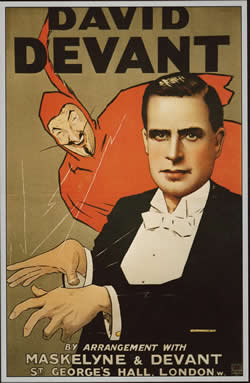Featured
Posted by Ian Brodie on March 23rd, 2014.
Ian Brodie on March 23rd, 2014.
A While ago when I was doing a bunch of Q&A videos and posting them up on my site someone tweeted a link to one of the videos and I got a tweet back from one of their contacts saying “Make me enter my email to watch a video – no way!”
Leaving aside that with my videos subscribing is optional, I tweeted back to ask why she objected so much.
Her answer was “asking to subscribe on first visit is so last century. I have to get to know and like you first”.
Interesting.
I'm a big believer in the importance of building credibility and trust before someone will be ready to buy from you. Does the same principle apply to subscribing to emails I wonder?
Only one way to know: check the data.
In this case, two reports from google analytics can help us.
In that month, 577 people subscribed to my emails (not including people who subscribed as part of registering for a webinar). Of those, according to the Path Length report, 64% (369) subscribed on the first page they visited on the site, 17% (101) on the second page, 7% (38) on the third page and the remaining 12% (69) on the fourth or further page.
So that tells me that the vast majority of people subscribe on the first page they visit on the site. They don't need to learn to know, like or trust me before subscribing – they do it straight away. Probably because of the offer of something useful in return.
And if I look at my Page Depth stats, it tells me that out of 12,381 visits last month, 9,051 of those visits (73%) only looked at one page.
Now my site is pretty good. Lots and lots of great, free content. Well designed. Easy to navigate.
And yet still, 73% of visits terminate after just one visit.
Sure, they might come back later (in fact, 41% of my website visitors return later that month which is better than average). But it's still a huge percentage of people who come, see one page then go.
It's not that they hate what they see. The majority of my subscribers are happy to subscribe after seeing just one page. But they've got what they wanted and head off elsewhere.
So although we might like to think that the way our website works is people fall in love with it, they keep coming back for more, we build credibility and trust, then they subscribe to our emails. The truth – as told by the data – is very different.
They come to our site. They see something they want. They subscribe (or not). They go away.
Those that have subscribed, of course, then go on to get regular emails where you can build credibility and trust over time because you're not relying on them remembering to come back.
Ideas like my twitter correspondent had that “asking people to subscribe on first visit is so last century” are very, very common. The people who hold them would like the world to work that way. Those concepts maybe apply to them and they've maybe seen one or two incidents of it happening so they extrapolate and assume it's a general rule.
But they're examples of what Hubspot's social media scientist Dan Zarrella calls “unicorns and rainbows”. Wishful thinking. You'd like it to be true so you end up believing it.
Nothing wrong with that. No harm done. Until you start recommending it to others as a course of action. Then it becomes dangerous.
Adopt the recommendation to not ask people to subscribe on their first visit and you could lose up to 73% of subscribers.
And unfortunately, far too many people – especially in the social media world – extrapolate their own preferences into assumptions about the way the world works and then present them as recommendations.
Luckily for us, hard facts slay unicorns and melt rainbows.
